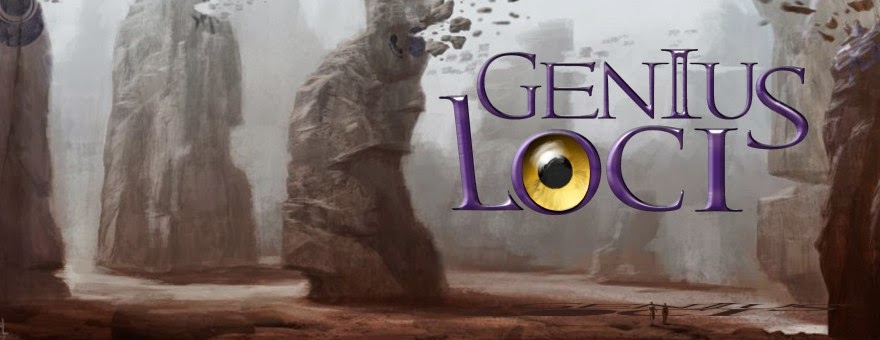"No-one rules Nalmalaar."For the most part, Kitas is tribesland. Even large cities harbour tribes, sometimes by other names, like house or clan. Few titles are hereditary, most have to be earned, and powerful peoples chase off irresponsible rulers. Absolutism is very rare and looked down upon by the neighbours; tyranny, while existent, will be attacked by those living nearby and feeling threatened. Honour compels rulers to do their best, and folklore gilds the memory of a good ruler; nobody wishes to be remembered as the Master of Famine, or the Queen of Pain.
— Usronid, ruler of Nalmalaar
"It was quite the coup when the Crowned put down her rights and duties, having been elected time and again for two decades. She claimed a country as powerful as Brighthold must not fall into idle content with its leadership, and resumed her position as cavalry general."Mostly, a monarch or chieftain will be elected by a council; this will sometimes consist of nobles and accomplished celebrities like sages and warriors; other times of the entire tribe or city's population. City states sport democracies giving a vote to anyone of age, sanity, and citizenship. While children of previous rulers often have good chances to assume power, they are not natural choices. In the many nomadic tribes, any accomplished "hero" can attempt to get the tribe's support for rulership, although they don't often make young people chieftain.
— Alnissai Whiterider, flagswoman
Artist's notes
I describe Genius Loci as a "riddlesome fairy-tale". The fairy-tale part is that nobles are noble indeed - not the despots of dark fantasy, irresponsible and only driven by their own desires. Communities are small and one's deeds don't go unnoticed - valor is rewarded, crimes are punished. Every ruler feels the weight of the crown, and some are even treated supernaturally to be the good rulers the people needs.
Btw, "Brighthold" is called "Lichtfeste" in German, a difficult translation (literally: Light-Stronghold. Bah.).


